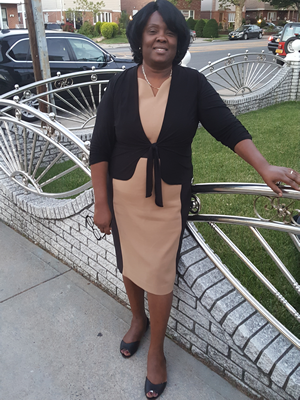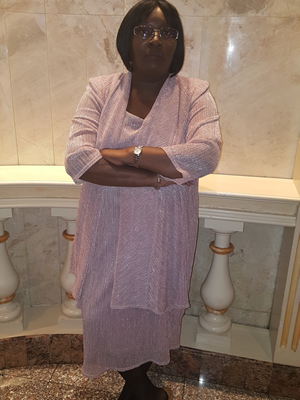Are Clinical Trials Important to Cancer Research?
The battle against cancer hasn't slowed down in 2015. Many new treatment options are surfacing that couldn't have come to fruition if it weren't for professionally orchestrated clinical trials. Experts continue to conduct trials on willing patients, hopeful that they'll be a part of the next big discovery.
Eradication of cancer is a common goal worldwide and will continue to be so until a cure is found.As the disease grows and changes, that is proving to be quite difficult. Still many strides have been made and the survival rate is higher than ever.
There are many reasons for clinical trials, which are necessary in order to advance in the pharmaceutical realm of treatment. Learning about the process may help those who are considering becoming part of one of these trials better understand them and make an informed decision.
Is the New Treatment Safe?
This is the main purpose for conducting clinical trials. Before being used to treat Cancer, a drug must be proven safe as the liability of the company producing it is at stake. Safety concerns must be answered; however there's an understanding no procedure or treatment is completely without risk. Anyone who reads a bottle of medications knows this, as the risks are clearly stated. The man question is if the benefits outweigh the risks. Clinical trials take years and years to complete. In fact, there are many phases.
Each phase of a clinical trial is set up to answer particular questions all while keeping the test subjects safe and comfortable. Each treatment is tested in about three or more phases before determining it is okay to put on the market. The phases of a clinical trial are:
• Phase 0: Exploring if a new drug can actually work
• Phase 1: Is the treatment safe in general?
• Phase 2: Does it actually work to treat cancer?
• Phase 3: Does it trump what is already available for treating cancer?
These are the basic phases. After these are conducted, the drug is submitted for FDA approval via a new drug application, or NDA. Then the fourth phase comes into play once approved.
• Phase 4: What else needs to be known?
In phase 4, thousands of test subjects may be used. Safety over time is looked at, as well as quality of life and overall cost.
Does it Work for Humans?
Unfortunately only 5% of adults will participate in clinical trials, while 60% of children do. This makes it quite time consuming to conduct the trials when there aren't enough test subjects. This is why many companies that conduct these trials are beginning to move to other regions, such as South America.
If only they'd take a look at the statistics, they may change their tune as the survival rate for childhood cancer has risen exponentially.
In these regions there are many more willing participants, as they consider it free treatment. If the trial works in humans, and it is better than what is currently being used to treat cancer professionals will consider the side effects and how it works in different groups of people, or different strains of the disease. It's certainly an in depth process.
A Small but Important Part
Though clinical trials are but a small part of the entire process to make a treatment available to those suffering from cancer, it is still one that can't be skipped. From discovery, there are many steps that follow. First, the treatment must be created, then purified, described and lab tested before being moved to clinical testing on humans. On average, new treatments go through about six years of testing and very few drugs that go through the processes are actually able to be tested on humans.













 Hits Today : 1027
Hits Today : 1027 Total Hits : 745739
Total Hits : 745739 Who's Online : 1
Who's Online : 1